 I was rather surprised to see the name of Alexander Witt pop up as the director, at the end of the first movie in this Chilean trilogy. He has been a stalwart second-unit director in Hollywood for decades, going back to Speed in 1994. With regard to the site, he fulfilled the same role on Aeon Flux, but is best-known as the director of the second film in the Resident Evil franchise, Resident Evil: Apocalypse. That was his sole directorial credit prior to Sayen, and I must confess… I was today years old when I discovered he was Chilean. I presumed he was German, based off his name and his work on the Berlin-shot Apocalypse. But, no. Born in Chile, albeit of German descent. He returned there to take the helm, almost 20 years later – again with an action heroine story.
I was rather surprised to see the name of Alexander Witt pop up as the director, at the end of the first movie in this Chilean trilogy. He has been a stalwart second-unit director in Hollywood for decades, going back to Speed in 1994. With regard to the site, he fulfilled the same role on Aeon Flux, but is best-known as the director of the second film in the Resident Evil franchise, Resident Evil: Apocalypse. That was his sole directorial credit prior to Sayen, and I must confess… I was today years old when I discovered he was Chilean. I presumed he was German, based off his name and his work on the Berlin-shot Apocalypse. But, no. Born in Chile, albeit of German descent. He returned there to take the helm, almost 20 years later – again with an action heroine story.
Sayen
★★½
This takes place in the Araucanía region, where Sayen Coñuepan (Montenegro) has just returned to her indigenous homeland. Her grandmother is presented with an offer for her land, but a suspicious Sayen discovers it’s a front for a mining company. Things escalate, with Antonio (Piper), the junkie son of the company’s head, Máximo Torres (Arce), shooting the old woman dead. Sayen vanishes into the jungle, with Antonio and his henchmen in hot pursuit, knowing that if Sayen is allowed to go public with what she knows, it could make things very difficult for the company. However, this is very much her territory, and she has skills to make things potentially very difficult for them.
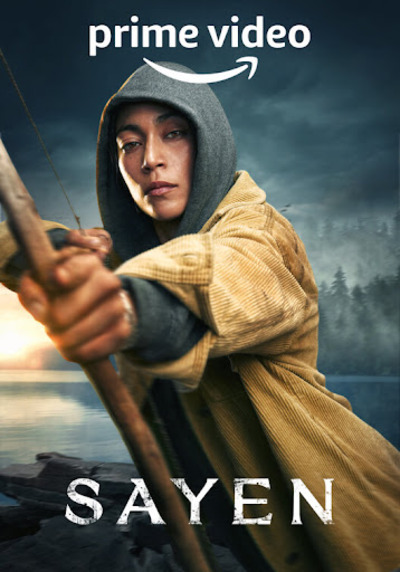 As a jumping-off point, this is… okay, I guess. It begins with a po-faced caption which informs the viewer this is going to be an Important Message Movie. The early going is a bit of a slog, leading to me coming to the conclusion, just because something is “traditional” doesn’t necessarily make it any good. Once granny is gunned down, the film shifts gears and gets more energy. However, I was expecting Sayen to go full Rambo, using the environment to her advantage. She doesn’t really, short of crafting a bow, which she uses one (1) time, and a bit of impromptu first-aid. Meanwhile, the bad guys could hardly be less subtle about their villainy, if they were given wax mustaches to twirl.
As a jumping-off point, this is… okay, I guess. It begins with a po-faced caption which informs the viewer this is going to be an Important Message Movie. The early going is a bit of a slog, leading to me coming to the conclusion, just because something is “traditional” doesn’t necessarily make it any good. Once granny is gunned down, the film shifts gears and gets more energy. However, I was expecting Sayen to go full Rambo, using the environment to her advantage. She doesn’t really, short of crafting a bow, which she uses one (1) time, and a bit of impromptu first-aid. Meanwhile, the bad guys could hardly be less subtle about their villainy, if they were given wax mustaches to twirl.
Admittedly, this may be necessary to make things clear for the international audience, who may not be up to speed on the intricacies of indigenous politics at the bottom of South America. We need black hats and white hats: keep things simple. Oh, and Chilean rap. Okay. It is interesting how Sayen doesn’t kill anyone – at least not directly. Oh, people die in her wake. Quite a few of them. However, it’s things like death through careless driving, for example. Or pointing a speedboat at a pier, then leaping off. Given the circumstances, surely no jury in the land would convict. After this lacklustre opening, while I can’t say I was keen to get to the next installment, I’m reluctant to quit any story in the middle.
Sayen: Desert Road
★★★
However, I felt the sequel works a little better. It takes place in an entirely different environment, relocating from the southern forests to the Atacama desert, one of the driest places in the world. The enemy remains Actaeon, the predatory industrial corporation headed by Torres, who have built a lithium extraction facility, after bribing their way to approval. Sayen, now with a businesslike crew-cut, is looking to find evidence of this corruption, and gets help from Qumal (Sánchez), a young woman whose father was among those who accepted the money. A SD card contains the required proof, but Acteon and their minions remain hot on Sayen’s trail, and prepared to stop her, by any means necessary.
This is at least somewhat more nuanced and less simplistic. While Torres remains the personification of evil, things are greyer elsewhere. A good example, is Qumal’s father: turns out he used the money received from Acteon to build a school for the town. There’s also one of the minions, Gasper, whose loyalties seem flexible, and who makes good points about the realities of life in the area. Sayen, though, is largely unbothered by these, though still defiantly proclaims herself not to be a murderer, despite what the authorities and media are saying about her. The desert locations provide some good opportunities for vehicular mayhem. I’d say Actaeon should probably look at revamping their driving courses, because some of their employees literally can’t steer to save themselves.
I’m still not entirely on board with Sayen’s mission: I tend not to feel eco-terrorism is better than any other flavour. However, this benefits from not needing to spend time on set-up, though does mean you really can’t watch it without having seen the first part. I was definitely surprised by a couple of twists at the end, where one character I expected to survive into the next movie, ended up dead, and one I thought was already dead, turned out to be alive. This set things up for the third installment, with Actaeon’s parent company Greencorp proving, in the corporate world, there’s always someone bigger and more morally dubious than you. Will Sayen be able to continue her battle, and also maintain her “clean hands” policy? Guess we’ll find out…
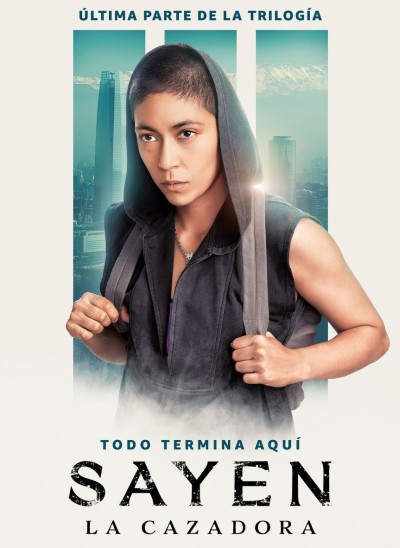 Sayen: The Huntress
Sayen: The Huntress
★★★
There’s a further shift in setting here, the series moving to an urban location, of the Chilean capital Santiago, where Sayen has joined up with a group of activists. They are seeking evidence that Greencorp, under its CEO Fisk (Aarón Díaz), has bribed senators to vote against a bill protecting the country’s water from exploitation. There’s treachery on both sides, with a mole in Sayen’s group bringing heat on their heels, in the particularly interesting shape of female enforcer Jo (Niav Campbell – not to be confused with Neve Campbell!). On the other hand, they receive help from an unexpected source, because it’s not just eco-terrorists who have had enough of Fisk’s shenanigans…
There are some positives here, with the city landscape providing another fresh set of locations for Witt to work in action sequences, including zip-lines, base jumping and cycling. I particularly enjoyed the multiple battles between Jo and Sayen, although the director is still too inclined to go with the quick cuts, as he did in RE: Apocalypse. There’s a decent balance between the action and drama, with the high-level political intrigue working well. On the other hand, the film suddenly drops in a romantic interest for the heroine, which had me wondering where this came from. I wouldn’t worry about it. He isn’t around for long. It all ends a little too neatly, Sayen apparently able to sustain her position on the moral high ground.
All told, if you said this was a South American take on The Millennium Trilogy, I would not be inclined to disagree. In both cases, you have a young woman with a grudge against the powerful, who has the skills to make them pay for their unpunished crimes. Sayen is more hands-on than Lisbeth Salander, although the latter could take care of herself. I think the heroine here is probably less unstable: without the death of her grandmother to propel her down this path, you could easily see Sayen living a normal life, getting married, having kids and perhaps opening a legal help centre for the local residents. Instead, she ended up hunting the head of a global corporation, seeking justice for relentlessly putting the quest for profits ahead of everything else.
After a bit of a shaky start, putting the message ahead of the medium, the second and third films made for decent entertainment. They were all close to the ninety minute mark, avoiding the cinematic bloat we see too often in movies that do not need to be two-plus hours, and Witt’s experience in well-staged action is apparent. Having a heroine who won’t directly kill, but who is not averse to cracking heads if necessary, is a tricky needle to thread, and I’m not sure this is always successful. On the other hand, Sayen comes from a fresh and interesting background, and the trilogy as a whole does explore new territory. I can’t truly recommend it, but if you are interested in watching these, nor would I argue against it. You do you, gentle reader – you do you.
Dir: Alexander Witt
Star: Rallen Montenegro, Enrique Arce, Arón Piper, Katalina Sánchez





 The Chinese title is 狙击之王:暗杀, which Google Translate informs me translates as “Sniper King: Assassination”. I don’t want to assume anyone’s gender, but I think I’m going to go with the alternate title above, as more appropriate, over the one on the poster. Because there’s no doubt about the amazing talents possessed by Anna (Yang), for whom a shot at three kilometers range is barely an inconvenience. We get right into the action with her being committed as a psychopath after begin captured, following her assassination of a drug lord. Yet another drug lord, actually – she has a deep hatred of them, for reasons we eventually discover, and has been taking them out with regularity.
The Chinese title is 狙击之王:暗杀, which Google Translate informs me translates as “Sniper King: Assassination”. I don’t want to assume anyone’s gender, but I think I’m going to go with the alternate title above, as more appropriate, over the one on the poster. Because there’s no doubt about the amazing talents possessed by Anna (Yang), for whom a shot at three kilometers range is barely an inconvenience. We get right into the action with her being committed as a psychopath after begin captured, following her assassination of a drug lord. Yet another drug lord, actually – she has a deep hatred of them, for reasons we eventually discover, and has been taking them out with regularity. It’s not long before someone tries to kill her in the psychiatric facility, but she’s able to escape (somewhat), with the help of struck-off former doctor, Nasipan (Tao). However, she is forced, with the aid of a nano-bomb injected into her bloodstream, to take a mission for Artest (Mak). There’s a war of succession going on in the country of “Libiwala”, with the prospect of drug production becoming legal in the country – to the joy of crime boss Roger (Lee). Artest requires Anna to liquidate all those in line for the leadership to prevent this. Or maybe encourage this. It’s all a bit murky, and the plot twists and turns until the very last scene, though never gets incoherent.
It’s not long before someone tries to kill her in the psychiatric facility, but she’s able to escape (somewhat), with the help of struck-off former doctor, Nasipan (Tao). However, she is forced, with the aid of a nano-bomb injected into her bloodstream, to take a mission for Artest (Mak). There’s a war of succession going on in the country of “Libiwala”, with the prospect of drug production becoming legal in the country – to the joy of crime boss Roger (Lee). Artest requires Anna to liquidate all those in line for the leadership to prevent this. Or maybe encourage this. It’s all a bit murky, and the plot twists and turns until the very last scene, though never gets incoherent.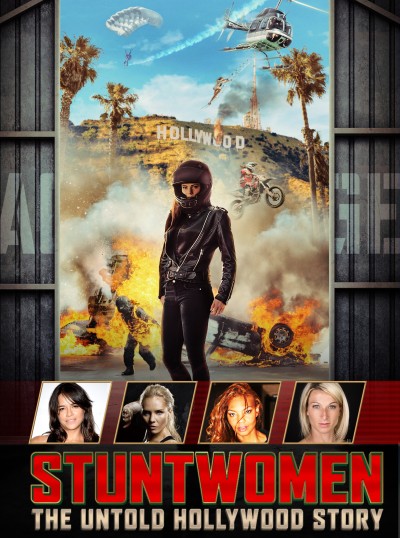 Regular readers will already be aware of the long history of stuntwomen, going back a hundred years to the
Regular readers will already be aware of the long history of stuntwomen, going back a hundred years to the 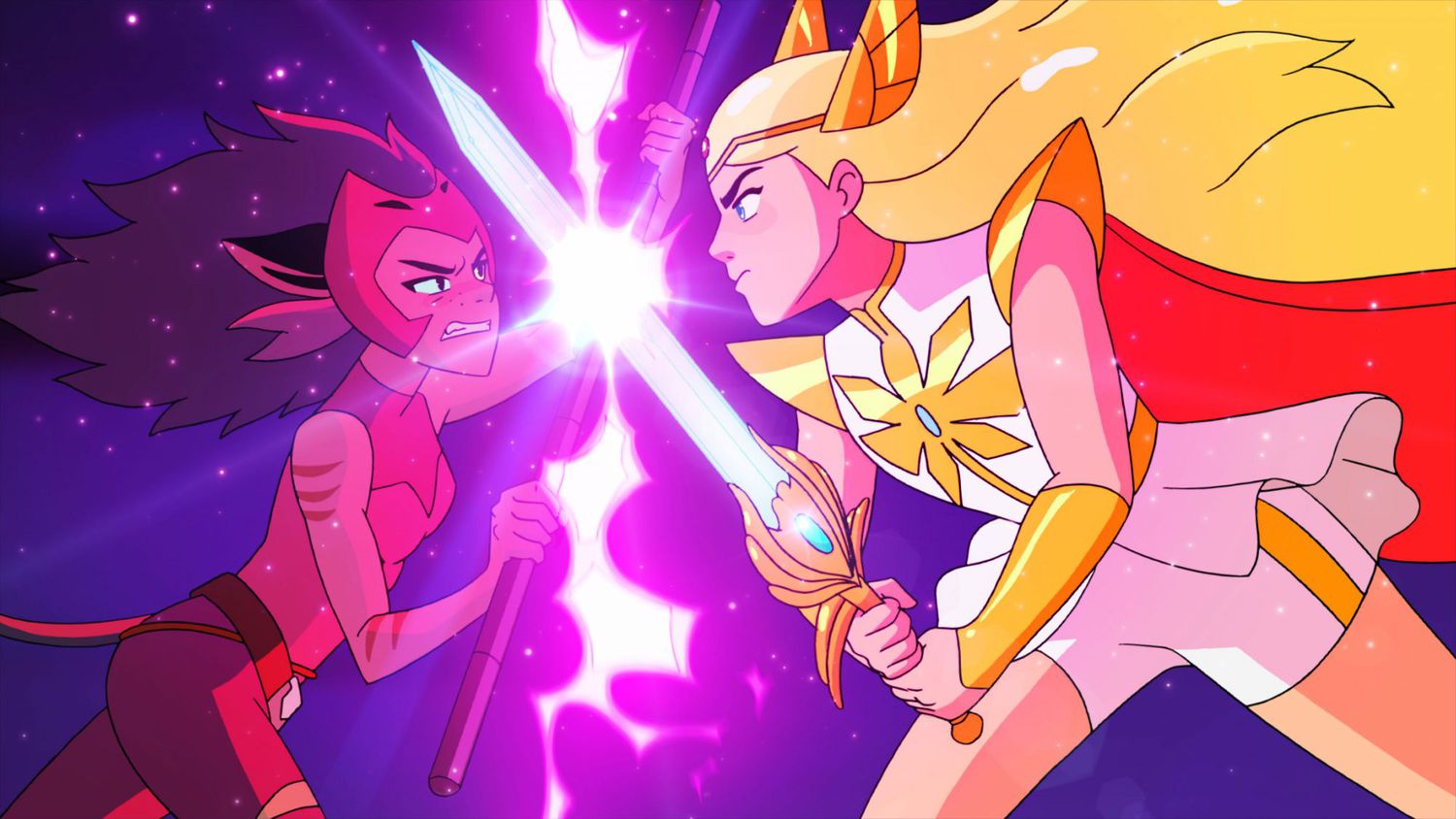 ★★★½
★★★½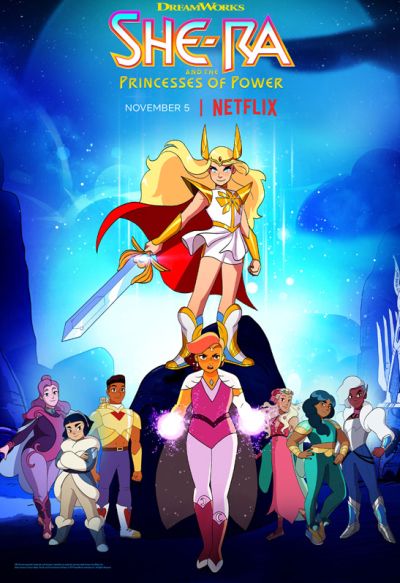 Though woke? Is it woke? Well… not in the sense I normally understand the word. For me, it means an agenda is being pushed. I can’t really say I see this here, unless the agenda is to stress that people exist who are not hetero-normative. Which… is true? The focus is on the story; we don’t get characters demonstrating against being sexually or politically repressed by the evil patriarchy, or talking about the problems of their gender orientation in modern society. This is no more woke than The Dragon Prince, another popular Netflix show. Part of the attention is probably due to creator ND Stevenson, who has stated he is – according to Wikipedia – “nonbinary, transmasculine and bigender,” as well as having bipolar disorder and ADHD. Well, whatever it is, is reflected in Stevenson’s work, in She-Ra as well as Netflix animated movie
Though woke? Is it woke? Well… not in the sense I normally understand the word. For me, it means an agenda is being pushed. I can’t really say I see this here, unless the agenda is to stress that people exist who are not hetero-normative. Which… is true? The focus is on the story; we don’t get characters demonstrating against being sexually or politically repressed by the evil patriarchy, or talking about the problems of their gender orientation in modern society. This is no more woke than The Dragon Prince, another popular Netflix show. Part of the attention is probably due to creator ND Stevenson, who has stated he is – according to Wikipedia – “nonbinary, transmasculine and bigender,” as well as having bipolar disorder and ADHD. Well, whatever it is, is reflected in Stevenson’s work, in She-Ra as well as Netflix animated movie 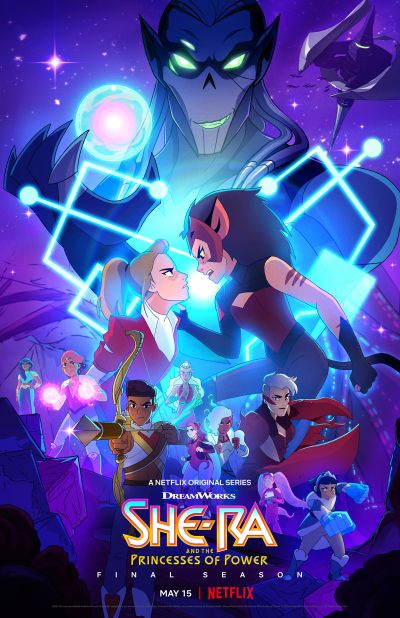 On the other hand, it’s clear this new spin on an old title has split fandom – or, rather, created a second fandom. This is not necessarily a good thing. It can result in embittered online wars and open hostility between members of different fan groups, both claiming ownership of “their story” and how it should be portrayed or interpreted. It’s not the only case. See franchises like Star Wars (George Lucas’ or the Disney version?) and Star Trek (“old Trek” vs. “new Trek”?). If you are as old as I am, you may even remember a time, long before Internet and personal computer communication existed, when people argued over if Kirk or Picard was the better captain, or Sean or Roger the better Bond. Change, it seems, always creates controversies. Therefore, the new show – as good as it is – has created a problem for the franchise that won’t be solved in a foreseeable future.
On the other hand, it’s clear this new spin on an old title has split fandom – or, rather, created a second fandom. This is not necessarily a good thing. It can result in embittered online wars and open hostility between members of different fan groups, both claiming ownership of “their story” and how it should be portrayed or interpreted. It’s not the only case. See franchises like Star Wars (George Lucas’ or the Disney version?) and Star Trek (“old Trek” vs. “new Trek”?). If you are as old as I am, you may even remember a time, long before Internet and personal computer communication existed, when people argued over if Kirk or Picard was the better captain, or Sean or Roger the better Bond. Change, it seems, always creates controversies. Therefore, the new show – as good as it is – has created a problem for the franchise that won’t be solved in a foreseeable future. This is certainly a little different from the usual Western. It takes place a few years after the conclusion of the Civil War. Mo Washington (Wright) is on her way to Colorado to take up a piece of land she bought with her hard-earned savings. To avoid trouble on the journey, she is dressed as a man, though being black is problematic enough at that time. The stagecoach in which she’s travelling – or rather,
This is certainly a little different from the usual Western. It takes place a few years after the conclusion of the Civil War. Mo Washington (Wright) is on her way to Colorado to take up a piece of land she bought with her hard-earned savings. To avoid trouble on the journey, she is dressed as a man, though being black is problematic enough at that time. The stagecoach in which she’s travelling – or rather, 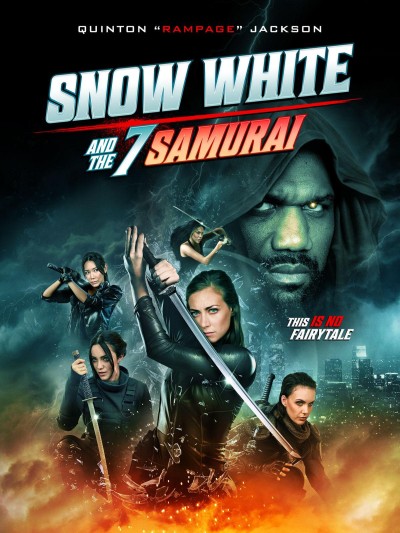 I added an extra half-star here out of how much I was entertained by this. Although this was more a result of us yelling things at the screen than any intrinsic merits. The idea is kinda cool, but if you can’t think of ways this should have been improved you are simply not trying. Anya Voight (Dorn) is known as ‘Snow White’, because her father, Joseph (Eric Roberts), is a coke dealer. He’s killed by a mysterious assassin, and when his will is read, her jealous stepmom, Quinn (Vitori), is highly annoyed to discover Anya will be the one inheriting the business, and has plans to go legitimate.
I added an extra half-star here out of how much I was entertained by this. Although this was more a result of us yelling things at the screen than any intrinsic merits. The idea is kinda cool, but if you can’t think of ways this should have been improved you are simply not trying. Anya Voight (Dorn) is known as ‘Snow White’, because her father, Joseph (Eric Roberts), is a coke dealer. He’s killed by a mysterious assassin, and when his will is read, her jealous stepmom, Quinn (Vitori), is highly annoyed to discover Anya will be the one inheriting the business, and has plans to go legitimate. 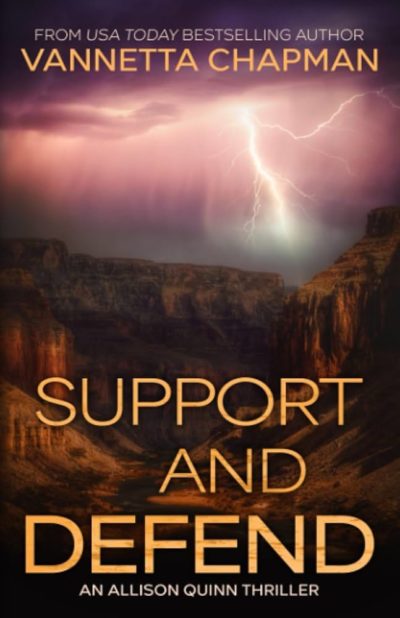 It’s funny. You wait ages for an action heroine novel set in Arizona, then two show up at once. Right on the heels of
It’s funny. You wait ages for an action heroine novel set in Arizona, then two show up at once. Right on the heels of 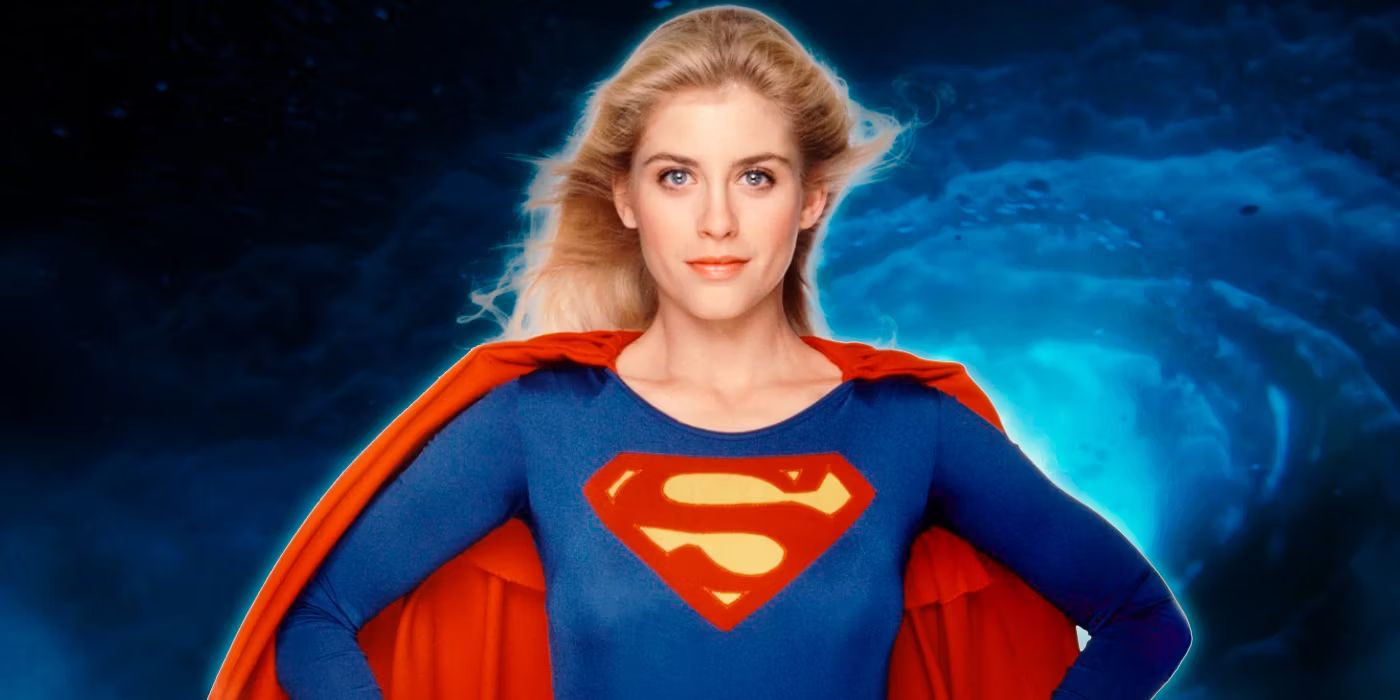 ★★★
★★★ Here, Kara lives with her parents, other families and scientist mentor Zaltar (Peter O’Toole). The parents are played by Mia Farrow and Simon Ward in cameos; obviously the producers wanted to give Supergirl the same support, with famous or well-known actors, as they did for the Man of Steel. After losing the Omegahedron, the power source of the city, Kara follows it via unexplained Kryptonian technology to our Earth to bring it back. Unfortunately, evil wanna-be witch, quack doctor and esoteric Selena (Dunaway) has taken it with plans to conquer the world. Their mutual interest in young gardener Ethan (Bochner) and Kara’s need to conceal her real identity, going by the alias of school girl Linda Lee, complicate matters further.
Here, Kara lives with her parents, other families and scientist mentor Zaltar (Peter O’Toole). The parents are played by Mia Farrow and Simon Ward in cameos; obviously the producers wanted to give Supergirl the same support, with famous or well-known actors, as they did for the Man of Steel. After losing the Omegahedron, the power source of the city, Kara follows it via unexplained Kryptonian technology to our Earth to bring it back. Unfortunately, evil wanna-be witch, quack doctor and esoteric Selena (Dunaway) has taken it with plans to conquer the world. Their mutual interest in young gardener Ethan (Bochner) and Kara’s need to conceal her real identity, going by the alias of school girl Linda Lee, complicate matters further. It’s no surprise O’Toole and Dunaway were nominated for Razzie Awards, though it’s not all their fault. Obviously, director Jeannot Szwarc had no problem with Dunaway going as campy as she wanted. It’s a pity because her role could have been convincing or even menacing, played straight. There is no doubt Dunaway, with a fine reputation of playing difficult characters, could have given a good, villainous performance. Heck, she already played a first class femme fatale in the Musketeer movies for the Salkinds in the 70’s. Of course when you go camp, you can hardly blame Dunaway for trying to repeat what Gene Hackman successfully did as Lex Luthor, But you have to be really funny, something that worked for the Hackman-Beatty pairing but not here.
It’s no surprise O’Toole and Dunaway were nominated for Razzie Awards, though it’s not all their fault. Obviously, director Jeannot Szwarc had no problem with Dunaway going as campy as she wanted. It’s a pity because her role could have been convincing or even menacing, played straight. There is no doubt Dunaway, with a fine reputation of playing difficult characters, could have given a good, villainous performance. Heck, she already played a first class femme fatale in the Musketeer movies for the Salkinds in the 70’s. Of course when you go camp, you can hardly blame Dunaway for trying to repeat what Gene Hackman successfully did as Lex Luthor, But you have to be really funny, something that worked for the Hackman-Beatty pairing but not here. Supergirl is still not a
Supergirl is still not a  The Shadows are a sect of assassins, who are basically unstoppable. 13 (Ribero) is a teenage trainee, who screws up a mission in Japan alongside her instructor, Umbra (Malasan), and barely survives. 13 gets put on administrative leave, and her enforced idleness is where the problems start. In a thread strongly reminiscent of Leon, she watches a neighbour get killed by a gang, and takes care of the son, Monji. However, he vanishes, apparently abducted by the gang, and 13 isn’t standing for that. Beginning by turning low-level enforcer, Jeki (Emmanuel), she works her way up the power structure, which goes right to the top of Indonesian political society. The resulting chaos threatens to expose the Shadows, so Umbra is then dispatched to terminate their rogue agent.
The Shadows are a sect of assassins, who are basically unstoppable. 13 (Ribero) is a teenage trainee, who screws up a mission in Japan alongside her instructor, Umbra (Malasan), and barely survives. 13 gets put on administrative leave, and her enforced idleness is where the problems start. In a thread strongly reminiscent of Leon, she watches a neighbour get killed by a gang, and takes care of the son, Monji. However, he vanishes, apparently abducted by the gang, and 13 isn’t standing for that. Beginning by turning low-level enforcer, Jeki (Emmanuel), she works her way up the power structure, which goes right to the top of Indonesian political society. The resulting chaos threatens to expose the Shadows, so Umbra is then dispatched to terminate their rogue agent. There’s an interesting setting here, and the concept isn’t bad. However, the author is flat-out terrible at explaining things, and that derails the book badly. There were entire pages which seemed to be an written almost in another language, such was the level of technological gobbledygook spouted – and I write as someone who works in the field. Too often, it felt as though the writer was using technology as an alternative to magic: whatever needed to be done, there seemed to be some gadget, gizmo or app which the heroine or her allies could whip out to perform the necessary task.
There’s an interesting setting here, and the concept isn’t bad. However, the author is flat-out terrible at explaining things, and that derails the book badly. There were entire pages which seemed to be an written almost in another language, such was the level of technological gobbledygook spouted – and I write as someone who works in the field. Too often, it felt as though the writer was using technology as an alternative to magic: whatever needed to be done, there seemed to be some gadget, gizmo or app which the heroine or her allies could whip out to perform the necessary task.